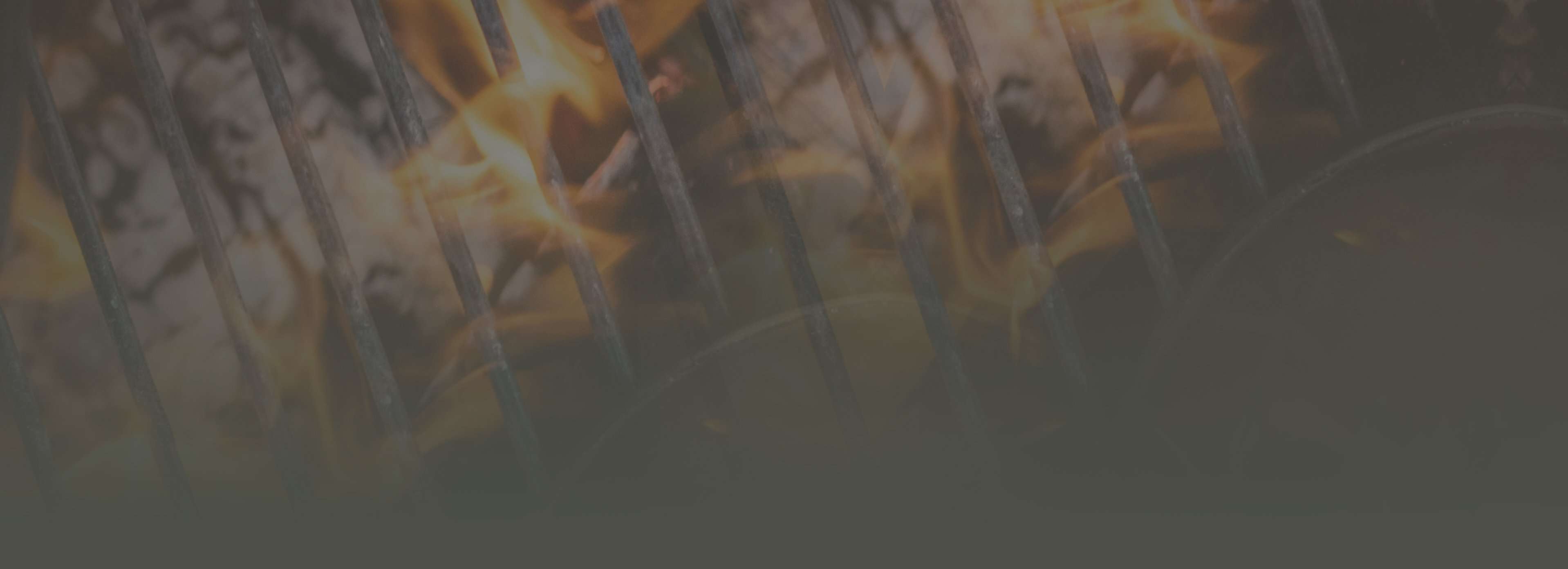How to Cure and Smoke Your Own Bacon
How to Cure and Smoke Your Own Bacon
10080 Min
Prep Time
480 Min
Cook Time
20
Servings
Medium
Difficulty
I have a problem with bacon. I am addicted to the stuff. And I use it in a ton of my recipes. Does wild game need bacon in order to be turned into an outstanding meal? Not at all, it stands alone just fine. Bacon is just another ingredient to add to the list.
I look at bacon in the kitchen the same way I look at duct tape, bailing wire and WD 40 in my tool box, there just aren't too many culinary dilemmas that bacon can't fix.
As good as mass-produced bacon is, curing and smoking your own at home kicks things up to a whole new level. Once you master the technique, the customization options are endless. Like your bacon with a kick? Bump up the red or chipotle powder. Like it sweeter? Try extra honey, brown sugar, real maple syrup or sorghum in your cure. Need a southwest style bacon? Then try adding some chili powder.
While the curing process takes some time, the recipe itself is a simple one. Any smoker will work, but electric models make it easier to maintain the necessary low smoking temperatures needed to get the bacon just right. Wood choices can be as varied as you want them to be, but hickory and apple are the two most popular.
Curing bacon at home is so simple that the hardest part of the whole process can be procuring the pork belly itself. Killing a wild hog works. Bacon made from wild pigs is a bit leaner than its store bought cousin, but it tastes pretty danged good. Lucky enough to not have hogs running around destroying your food plots and wrecking general havoc on your farm? Head on down to your local butcher shop or Asian market and pick up a belly or two.
Ingredients
A whole pork belly from the butcher shop normally runs around 10-12 pounds. A belly from an adult wild pig around 4-6. The following recipe is enough cure for 5-6 pounds, if you buy a whole pork belly, just separate it into two, more or less equal, pieces.
5 pound piece of pork belly, skin on or off, your choice
1.5 teaspoons pink salt (cure also known as Prague Powder or Instacure #1, available at most butcher shops)
1/2 cup kosher salt
1/2 cup dark brown sugar
1/2 cup sorghum molasses
1 Tablespoon ground black pepper
1 teaspoon red pepper flakes
2 gallon Ziplock bag
Cooking Instructions
Begin by mixing all dry ingredients into a small bowl. Rub the cure into the exposed surfaces of the pork. Really work it in, make sure the belly is well coated with the cure. Place the pork into a two gallon Ziplock bag and pour sorghum over the top of the meat (honey works well too) and seal the bag. Place the belly flat into a pyrex dish (the bag will leak a little, they always do) and put it in the fridge. Flip the pork once per day for 7 to 10 days.
I often get asked, "how do I know when it is finished curing?" The answer is, when it tastes right to you. After day seven or eight, open the bag and slice a tiny sliver from one side. Rinse it well under cold water and fry it like you would bacon. If you like the flavor, it is finished. If you would like the salt and spice to be a bit stronger, let it soak another day or two. Remember that the outer surface is always quite a bit saltier than the inner slices will be.
Now that the bacon is fully cured, remove it from the bag and rinse thouroughly under running water. The next step is to let the bacon dry completely to form a sticky pellicle. I prefer to do this by placing the bacon on a wire cooling rack and running a low speed fan over it for six to eight hours.
Your bacon is now ready for the smoker. A good remote meat thermoter comes in handy at this point. I like to start my smoker at 175 degrees. Maintain this temperature for 3-4 hours then bump it up to 200 degrees to finish. You are looking for an internal temperature of 150 degrees on the pork belly. Once you reach this point, the bacon is finished. Remove from the smoker and let the bacon cool completely before slicing. I like to let mine come to room temperature, then place it into the freezer for an hour or two. The freezer helps to firm the bacon and makes slicing easier.
The fastest way to slice bacon is on a deli style meat slicer. Electric filet knives come in a close second. A good sharp knife works too. Cured bacon will keep up to a year when vacuum sealed and kept in the freezer.
Use your homemade bacon just like you would bacon you buy from the store. It makes a fine breakfast, wraps nicely around a dove breast or chunk of deer or elk steak, and seasons a pot of campfire baked beans like nothing else. After you get the basic recipe down, try customizing the flavors to make your own perfect blend.









